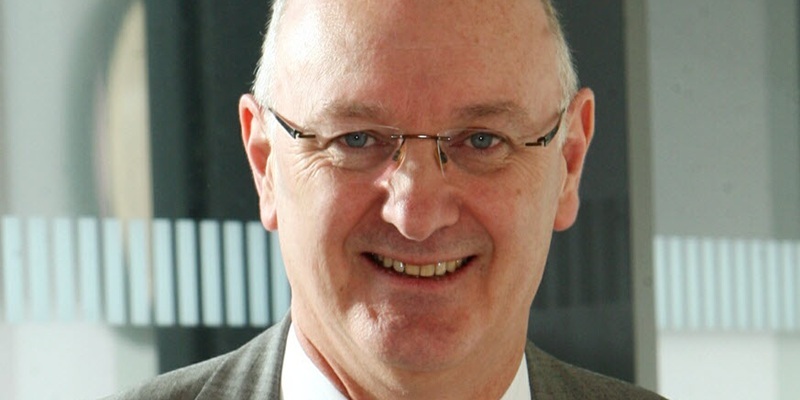In an exclusive interview, NHS Fife chief executive John Wilson talks to The Courier about his first six months at the helm of the health service in Fife.
When John Wilson took up his new post as chief executive of NHS Fife on April 2, he inherited what he described as a ”disappointing” A&E waiting times performance and the worst bed-blocking record in the country despite a Scottish Government campaign to drive down hospital discharge times.
Just weeks after taking up his appointment, a new report also revealed that GP prescribing costs in the region were higher than anywhere else in Scotland prompting claims from a Fife councillor that patients faced ”humiliating” cuts as NHS Fife fights to balance budgets.
But in an exclusive interview to mark the six-month anniversary of his leading role, Mr Wilson, who inherited many positives, says real progress is being made to tackling these issues.
”To an extent, these headlines are an unfair portrayal of what goes on within NHS Fife, said Mr Wilson, who said that one of his priorities so far had been to address A&E waiting times.
”I think inevitably there’s a tendency for people to concentrate on some of the negative things.
”But on some of the specifics, we’ve seen the number of complaints against NHS Fife dropping in the last six months down 30% from where it was.
”We do take complaints very seriously and are genuinely interested in getting them because that does show that somebody thinks something is not right, and we need to know about that so we can do something about it.
”I would be concerned if we weren’t getting any, but it needs to be in perspective.
”We’ve also seen a reduction in our prescribing costs. Brian Montgomery, our medical director, has led on that ” and we are seeing significant savings coming through in our prescribing costs.
”Delayed discharges are also under control. We are working very closely with our council colleagues in managing that.
”We can’t afford to have high levels of people delayed in any part of system. It needs to flow smoothly.”
Mr Wilson said there was a recognised problem whereby elderly people in particular might come into the hospital system, then may find it difficult to get back out again to their own homes and back to the level of independence that they had before.
”Everybody is suddenly there to do things for you, and it can be difficult to get that independence back,” he said.
”They move on into residential care rather than getting back home.”
Mr Wilson said a key to this was trying to prevent people getting into that situation in the first place.
Care for older people was one of the main strands of Getting Better in Fife, a strategy to improve the patient experience over the next five years.
”We’ve redesigned how our clinical teams engage with the patients from the very earliest point,” he said.
”There’s much more consultant-led input at the very beginning. Care is tailored to their needs.
”We’ve streamlined the process of getting people into the specialised wards.
”Some of that involves the clinical staff from the wards actually coming down looking for the patients to take them up rather than waiting for a call to say we have a patient in A&E needing a ward.
”We are seeing a huge difference in the way individual patients are going through the system.”
Having worked within NHS Fife for 10 years prior to taking up the chief executive role, Mr Wilson said he always had a ”clear enough vision of what needed to be done”.
The difference now is that he has responsibility and control over the whole system, whereas before he only had control over part of it.
He said it had been a ”learning experience” for all on the team and departments were getting better at understanding how their activity might impact on other parts of the care system.
”That’s been a big change in the culture,” he added.
